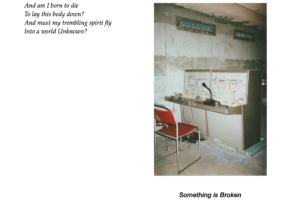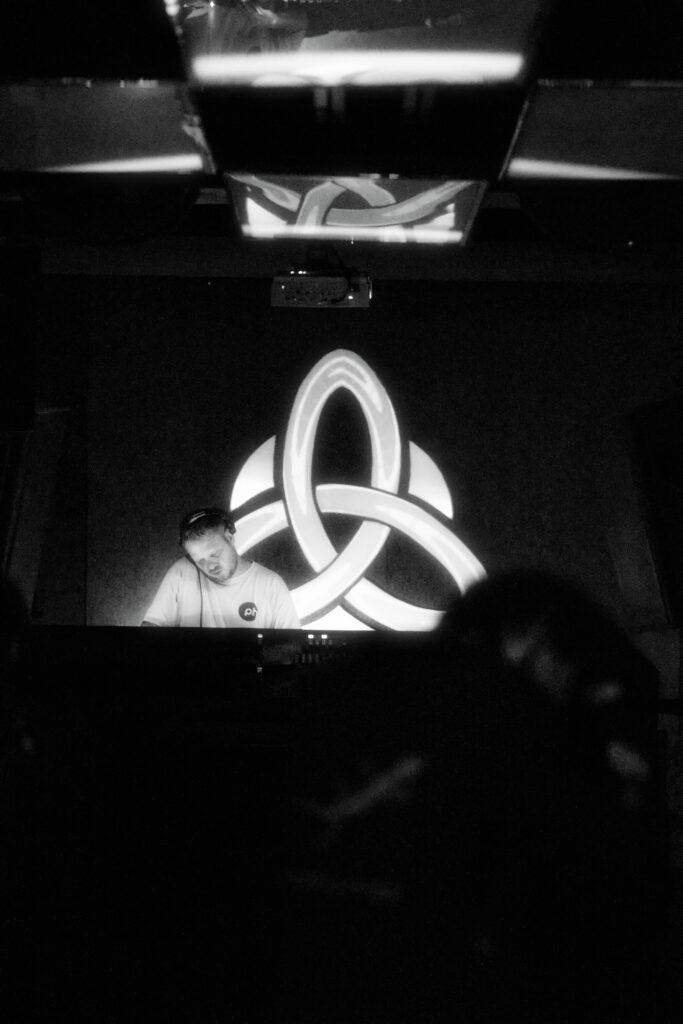
With a title that descends from a well-known passage in the Tibetan Book of the Dead, May it come that the sounds of the bardo shall be known as one’s own sounds, the piece opens with an improvised DIY ventilator that fails to sustain my bravewaves, waves that eventually flatline into a heavily decomposed electromagnetic soup. Then comes a freely associative consideration of the Beefheart Affliction; the dangerous game of creating schizophonic monsters; the compost heap of radio’s intrinsic entropy and instability; the creative possibilities released through the fractures of a broken subjectivity; a synthetic voice ripened, to the point of bursting; a piece of flesh that we shall call Figgy Pudding; a bit of brain beneath a fingernail; a scratched radio thanatophony; and a pair of eyes reflecting a Hegelian Night that becomes —- awful.
Gregory Whitehead: Artist, writer, radiomaker, text/sound poet, singer of tales, playwright and media philosopher. Since his first tape and radio experiments made during the 1980s, he has created a long list of radio plays, hybrid documentaries and acoustic adventures for the BBC, Radio France, Deutschland Radio, Australia’s ABC, NPR and other broadcasters. Often interweaving documentary and fictive materials into playfully unresolved narratives, his aesthetic is distinguished by a deep philosophical commitment to radio as a medium for poetic navigation and free association. In his voice and text-sound works, he explores the tension between a continuous pulse and the eruption of sudden discontinuities, as well as linguistic entropy and decay.
Whitehead’s plays have won numerous awards, including a Prix Italia for Pressures of the Unspeakable, a Prix Futura BBC Award for Shake, Rattle, Roll and a Sony Gold Academy Award for The Loneliest Road, which was described by the jury as “a master class in sound”. His 2005 BBC production of Normi Noel’s play No Background Music, featuring Sigourney Weaver, also received a Sony Gold Academy Award. On the Shore Dimly Seen, a “boneyard cantata” enquiry into no-touch torture, was short-listed for the 2015 Prix Italia.
Whitehead has experimented and collaborated within acoustic theatre, puppet theatre, dance theater, installations and mixed media cabaret. In film, he wrote the script and played the main character Walter Sculley in the 2003 docufiction, The Bone Trade , later becoming the centerpiece for an installation at Mass MOCA. Over the past several years, he has contributed voiceworks and sound to two experimental documentaries: Awareness and Lift Up Your Voices, by Arttu Nieminen.
Co-editor of the pioneering anthology Wireless Imagination: Sound, Radio and the Avant-Garde (MIT Press), his philosophical essays and hybrid speculative fictions have appeared in a wide variety of publications. A selection of writings has been published as Almanach de plaies insensées. Since 2012, he has published online exploratory researches within the context of an ever-mutating Desperado Philosophy.











